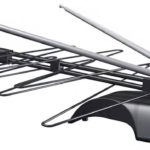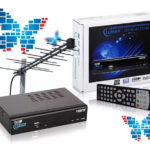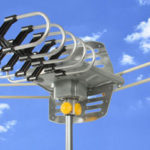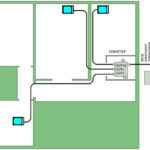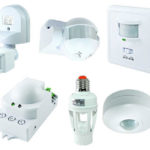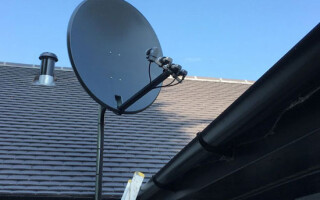Satellite television over the past few years is not a luxury for most people in the Russian Federation. That's why it is popular not only in big cities, but also quite remote from them villages. In order to have a good signal and a quality picture, it is very important to understand how to properly install a satellite dish and tune it.
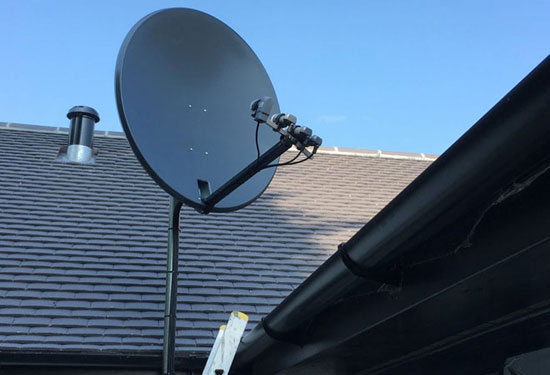
Contents
Choice of a place to install the satellite dish
In order for the satellite signal to be strong and of good quality, on its way there should be no obstacles. That's why experts advise to install the antenna exactly in those places, near which there are no trees, other buildings, billboards, etc.
Also be sure to take into account some other factors, such as:
- proximity to the television;
- Accessibility to the owner.
If the satellite dish is close to the TV in a place accessible to the person, it will be quite easy to install and adjust. The best place to mount it is on the roof of the house. Despite this, the antenna can be fixed on the balcony or the facade of the building. Specialists do not recommend its installation inside balconies and glassed-in places where rainwater and snow can intensely fall on the construction.
Assemble the antenna
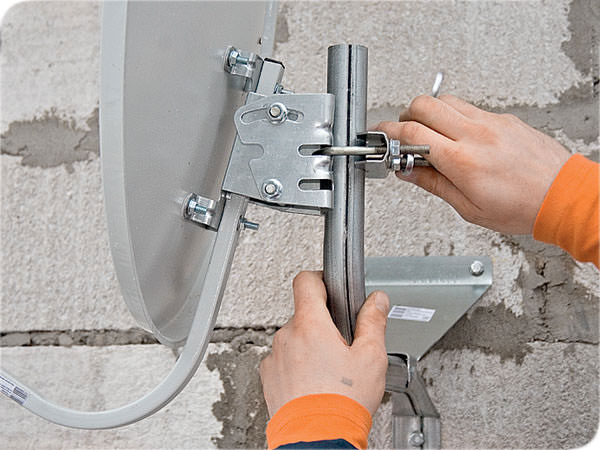
The process of assembling the antenna must be carried out in full compliance with its instruction manual. During this process, it is very important to handle the mirror with care and maximum care. In no case should not cause it any mechanical damage that can change its geometry. First of all, this applies to mirrors that are made of aluminum. After assembling the antenna, you must check the tightening of all fasteners without exception.
The most important part of the assembly is to install the satellite converter (LNB – low-noise block downconverter). Correctness of its polarization directly affects the quality of the signal the antenna will receive. In order to improve it, it is necessary to experimentally carry out manual adjustment of the heads around their axis. In the most advantageous position the converter must finally be fixed.
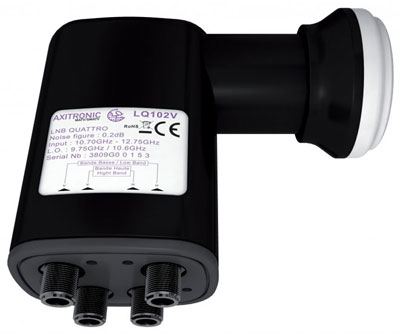
Pay attention! If after installing the antenna it is not possible to carry out the adjustment of the converter, this process should be carried out beforehand. Some additional information about the assembly can be obtained from the seller of the device.
Before the installation process, experts recommend tying the antenna to safety ropes. In this way it is possible to prevent its accidental fall from a height.
Installing the bracket and antenna
In order to install the bracket, you will need a punching machine or a special percussion mechanism designed for drilling holes in brick or concrete.
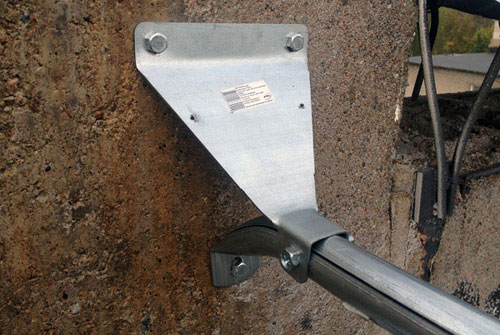
Specialists recommend installing the bracket antenna Anchor bolts with wedging function. Its flanges spread in all directions when tightening the bolt inside the wall. In this way it is possible to create a really secure attachment.
Be sure to pay attention to such peculiarities of installation of the bracket:
- If the walls are made of brick, it is best to use anchor bolts М8 or Н10.
- When working with brick walls anchor bolts with a diameter greater than 16 millimeters is better not to use.
- If the structure is made of high-strength old bricks, anchor bolts with a diameter greater than 20 millimeters are allowed.
- Around the bolt hole, experts recommend leaving most of the brick, as the fastener is held rather poorly in the mortar.
- You should not install the bracket closer than the length of 4 bricks to the corner of the building and the height of 4 bricks to the roof of the structure. This can lead to the formation of cracks.
- It is not recommended to use anchor bolts to attach the antenna to walls made of cinder block or low density blocks.
- Tightening the anchor bolts too much can result in high compression forces, often resulting in partial brick failure.
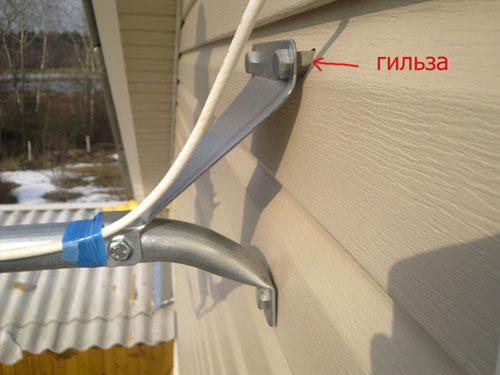
To install the bracket, the wall must be marked out. After that, it is necessary to drill in the appropriate places. Next, the anchor bolts should be stretched together with the bracket. They should be tightened until the stop. At the end it is necessary to check the fasteners for strength.
Installing the cable
Before you carry out the installation cable installationThe antenna must be drilled in a place where you can make a hole for it. If the antenna will hang on the facade of the building, it is recommended to drill in the following parts of the wall:
- In the corner of the window frame;
- in the wall at floor level.
If the antenna will be standing on the roof, the cable must be run along the façade of the building. It should be fixed both on the roof and near the window on the wall through the window frame. It is also allowed to run the cable through the low current risers of the building.
Connecting the F-connector
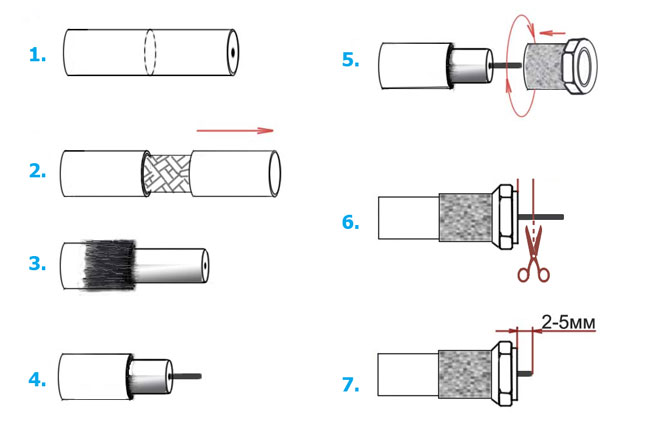
In order to perform the connection of coaxial cables, it is necessary to strip them. After that, you need to put on the F-connectors .. This is done in the following order:
- cutting off the upper cable sheath at a distance of 2 cm without damaging the shield;
- neatly bending the wire onto the sheath;
- stripping the insulation from the central core that protrudes from the shield by 2 mm;
- screwing on the F-connector;
- shortening the excess central core, leaving 2-5 mm from the plane of the connector.
The described way of connecting the F-connector is the simplest one.
Multiswitch Connection Diagrams
Multiswitch selection should be based on two important factors: the number of cables and the number of TVs in the house. The most commonly used are the following basic connection schemes for these devices:
- For satellite Amos 2/3 4.0w You will need only 1 SAT cable. Receiving TV channels: Horizontal polarization (H) and Low band (Low) - multiswitch input H, Low.
- For satellite Astra 5.0E Need 2 SAT cables. Receiving TV channels: Horizontal polarization (H) and upper range (High) - multiswitch input H, High, vertical polarization (V) and upper range (High) - multiswitch input V, High.
- For the satellite Eutelsat 36.0E.which has NTV+ channels, you need 2 SAT cables. Receiving TV channels: Horizontal polarization (H) and upper range (High) - multiswitch input H, High, vertical polarization (V) and upper range (High) - multiswitch input V, High.
- For the satellite Eutelsat 36.0E.which has Tricolor TV channels, you need 1 SAT cable. Receive TV channels: horizontal polarization (H) and the upper range (High) - Multiswitch input H, High.

If a multiswitch is used, Diseqc is no longer needed.
How to assemble a multifid
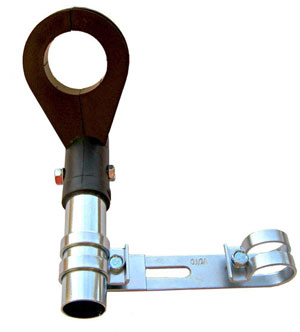
A disassembled multifeed kit often comes with two different sized lugs. The smaller one should be put on the plastic tube. The larger one, in turn, needs to be attached to the center crossbar. In relation to each other the lugs can be positioned in different ways: either at the same level or in different planes. The first method is more common. The second option makes the initial setup easier and saves time when searching for additional satellites. This option should be used when different heads will catch the signal of several satellite instruments.
The third head should be placed on the same plane as one of the previous ones. The gap between different converters depends, among other things, on the diameter of the mirror. The smaller it is, the closer the heads should be to each other.
After screwing the bar, you need to pay attention to the angle between the axis of the plastic and the mount to the crossbar. It should be about 90 degrees.
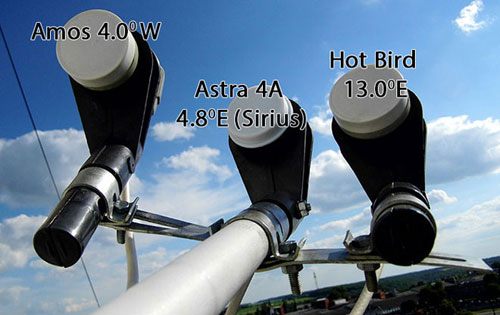
Additionally it is necessary to consider that the nearest to the dish multifeed should be the one which is adjusted on reception of a signal from the nearest satellite.
DiSEqC Connection
If there is DiSEqC . (Digital Satellite Equipment Control - dysek or dicek), you must tune your antenna in this sequence:
- connecting the cables to the heads;
- The satellite is set to DiSEqC.
If any satellite on the receiver is set to 1 port, it should be in the appropriate place on DiSEqC. The central single port is for the output to the tuner.
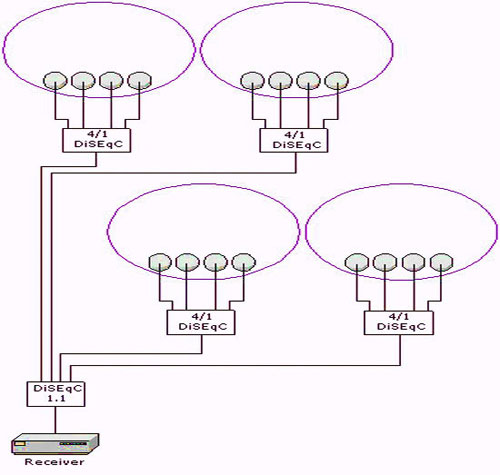
Adjusting the antenna and converter angles
The tuning must start with the center head. The dish should be aligned with a slight elevation in relation to the horizon. Next, you need to turn on the tuner, select a satellite from the central converter and start searching for a signal from the head. All you need to do is to lower and rotate the antenna itself.
The quality of the signal will be displayed on the TV as a percentage scale. They should be as large as possible - around 68-80%. To do this, the dish should be rotated slowly in different directions. Without covering the mirror at the same time. After finding the ideal position, the antenna should be fixed.
If the antenna is horizontally and vertically aligned correctly, you should begin to adjust the center converter. To do this, it should be slowly rotated to one side or the other, thereby increasing the signal quality by a few percent.
The angle of rotation of the additional heads is adjusted independently of the central one. Their direction can be completely different - depending on where the satellite whose signal they catch is located.
Satellite dish tuning device
In order to facilitate the process of adjusting the antenna angles and the converter, you can use a special device of Chinese production. There are several models of such devices. The most popular of them is Satfinder Find Meter LNB Dish DirecTV.
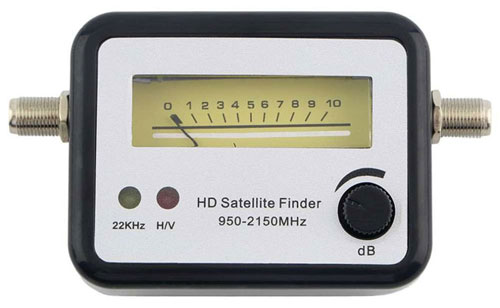
How to configure the TV?
The easiest part of installing a satellite dish is tuning your TV. To do this, you need to test the available channels. In most cases, they line up in random order. This is affected primarily by the frequency of broadcasting.
The TV can be tuned by remote control. Each channel should be reviewed. If problems are detected, the equipment should be further adjusted.
Finding Satellite and Channels
Using the receiver, you can perform a satellite and channel search without any additional equipment. To do this, you must move the tuner and a small TV set .. Instead, you can find an assistant to monitor the signal quality in the room.
Common installation and connection mistakes
If the installation and connection of the satellite dish is done by yourself, there may be such mistakes:
- Insufficient size of the mirror;
- Wrong polarization selection;
- Lack of protective cover;
- Use of unsuitable cable;
- poor quality crimping at the connection points.
If the above-mentioned problems did not occur during installation, the dish will eventually work with the highest quality and reliability.
Related articles:
